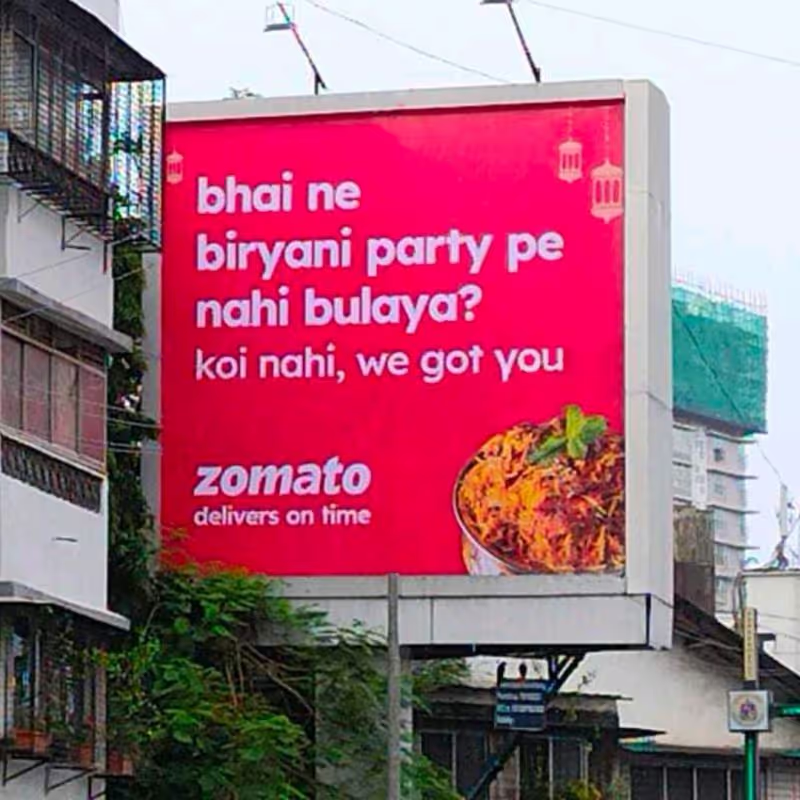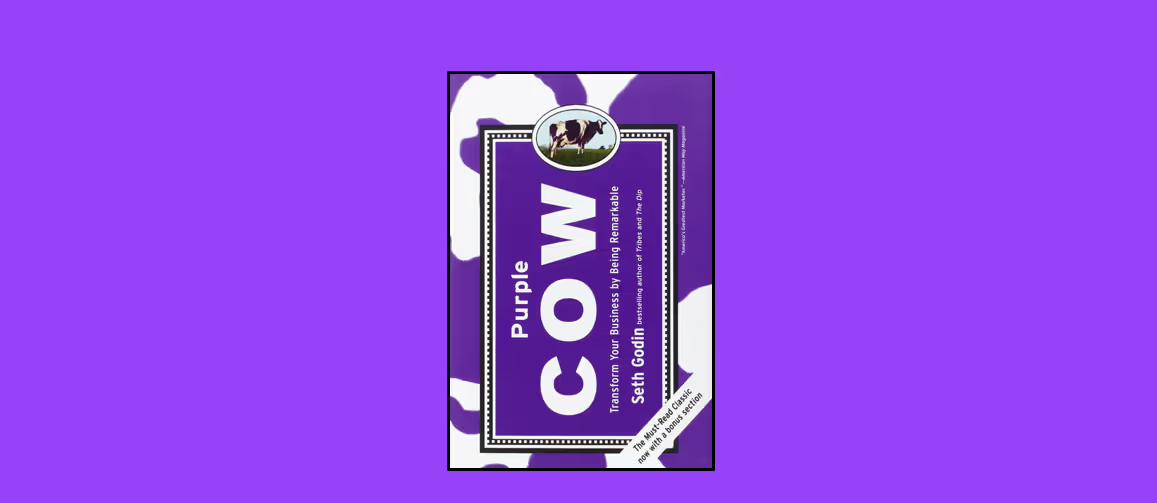

Building a new brand from scratch is both an exciting and nerve-wracking prospect. There are many aspects to consider: Is there enough of a gap in the market that you’re addressing? Will the brand name resonate with audiences? How will you reach them in a crowded environment? What will make the brand stick and become a part of your users' daily life?
The first step is understanding the market landscape or competition and evaluating whether there’s a real need for another brand from your users' perspective. Very often, we justify the existence of something only through our own needs or the needs of our business but forget to check with potential customers. At best, new ideas are usually tested with a small network or consumer focus groups. However, in the era of social media, quick and early testing can—and should—be done with thousands of users, given how easy it is to reach them. Ideas can be tested in bits and pieces, rather than as a whole. For example, key attributes can be tested via polls, community posts, online surveys, etc. If you don’t have an existing social media presence or outlet, use a media partner that has a large social media presence that reaches out to a similar target customer. Think of this as a large-scale design-thinking exercise, where you test assumptions incrementally.
Once you have some quantification of the market opportunity, the next step is to think about your brand identity. Who is the brand, and what does it stand for? What is its value system: kind, integrous, fun-loving, secure? What place do you want it to have in your audience’s lives? What is its persona: a friend, a rebel, an advisor, a helper? What does it do for consumers' lives—make them more fun, more convenient, provide stability, help with growth? Mapping out these aspects into a brand identity chart will help guide your decisions around communication style, visual design, and how frequently you engage with your audience.
Once the brand tonality is clear and your product is ready for a product-market-fit test, social media (including Instagram, Facebook, WhatsApp, YouTube) is the best way to introduce your brand to your target consumers, especially if the target consumer is between 15-65 years of age (that’s right, older audiences also spend a lot of time on social media!). Today, no matter what your brand is, a social media presence is essential. Instagram is one of the easiest platforms to build on — start by creating a page and posting basic content (more on this in Question 3). To accelerate visibility, collaborate with influencers or other channels that align with your brand’s vibe and audience, driving traffic to your page.
With these efforts—and a solid product-market fit—your brand transforms from an idea into a tangible reality, something your consumers can connect with and integrate into their lives.

In the early days, it’s all about conviction, consistency, and iteration.
When we started Pocket Aces, we had identified a clear need gap, defined our persona, and established our brand tonality. We started our Facebook and YouTube pages and committed to releasing one video every 10 days. We never missed a release date. Whenever changes were made, we over-communicated with our audience. While we had conviction in our product, we took audience feedback and iterated with each release, and we also openly told them in the comments that we had made these changes because “you” asked us to. These small, incremental improvements led to content that repeatedly went viral, built a deeper connection with our audience, and shaped our brand identity.
Offline products are harder to iterate based on consumer feedback, but it’s not impossible. For example, Epigamia (the flavoured yogurt brand) started working with us early on to market their product and create awareness around the entire flavoured yogurt category in India. We made a web series, What The Folks, with them (their Hero Content for launch), in which the primary character of the show embodies the typical user profile and journey for Epigamia. The series gave a huge ROI to Epigamia not only in terms of awareness but also in terms of conversions. They used the chatter in the comments to connect directly with audiences who had watched the show for things like feedback on packaging, which new cities to launch the product in next, etc.
In conclusion, when the hypothesis for testing and room for iteration is built into the project plan, uncertainty and risk both seem like calculated bets that systematically reduce with time.

Sustaining brand love over time requires consistency in communication (and of course, product). The key is to deeply understand your target consumer and recognize the role your brand plays in their daily life—then communicate with them in a way that reflects that understanding.
Many brands ask how they can continue standing out on crowded social media channels. The truth is, there is no magic bullet. However, the tried-and-tested Hygiene-Hub-Hero framework remains highly effective. At Pocket Aces, we’ve used this model with advertisers across various industries, and here’s how it works:

A well-planned combination of Hygiene, Hub, and Hero Content—along with mapping these efforts to measurable outcomes—can ensure your brand’s sustainability over the long term.
.avif)



.avif)





.avif)

